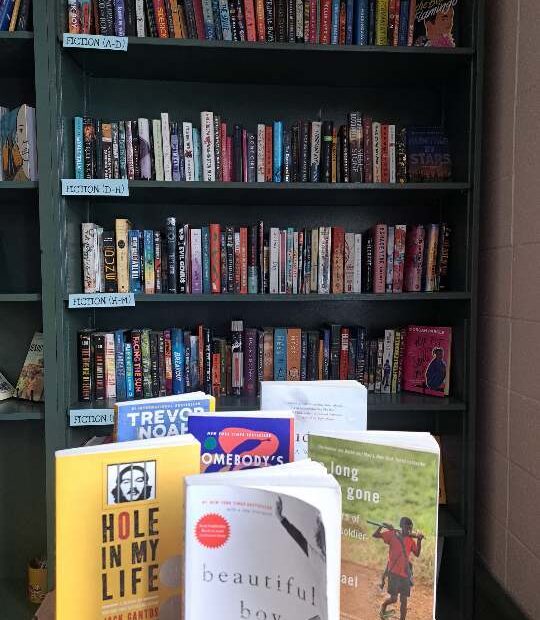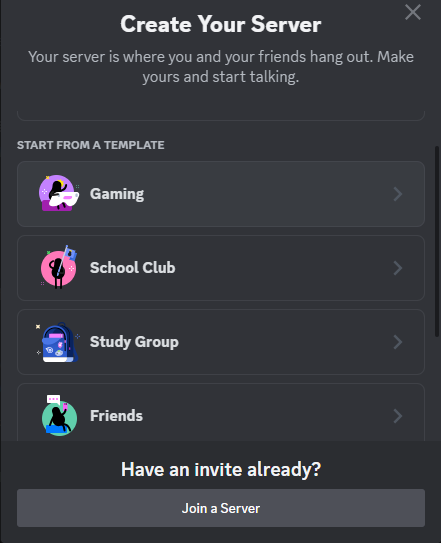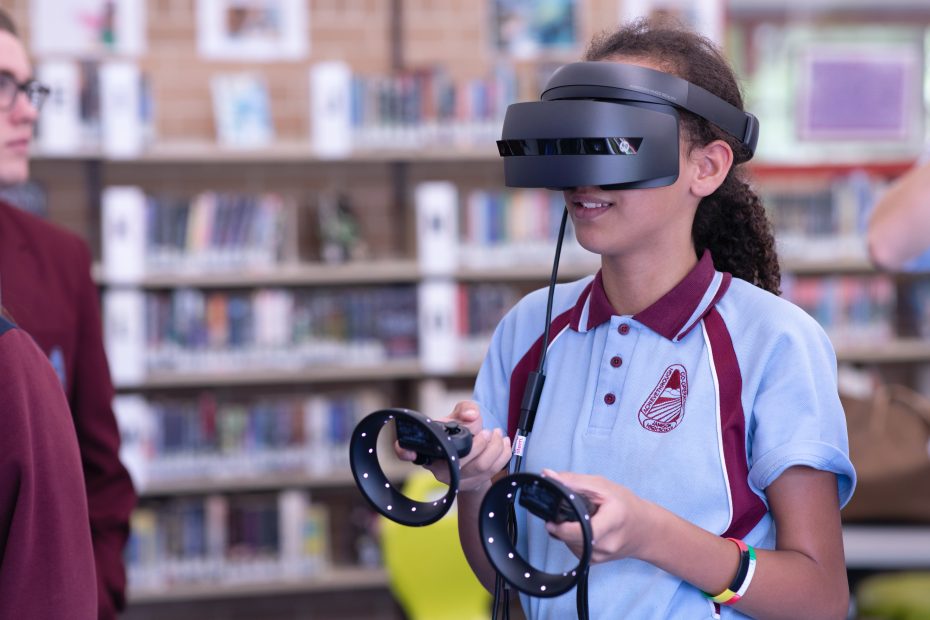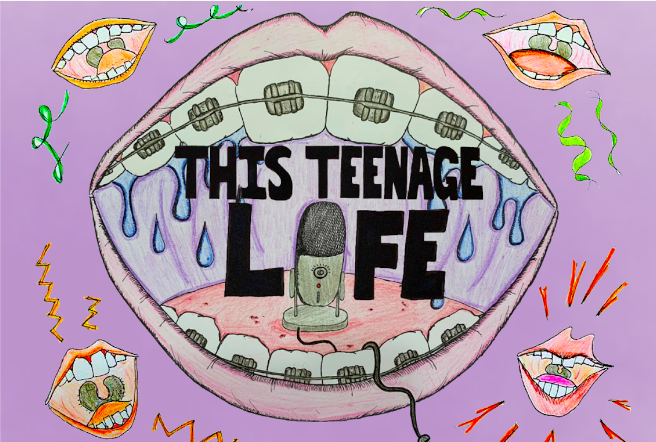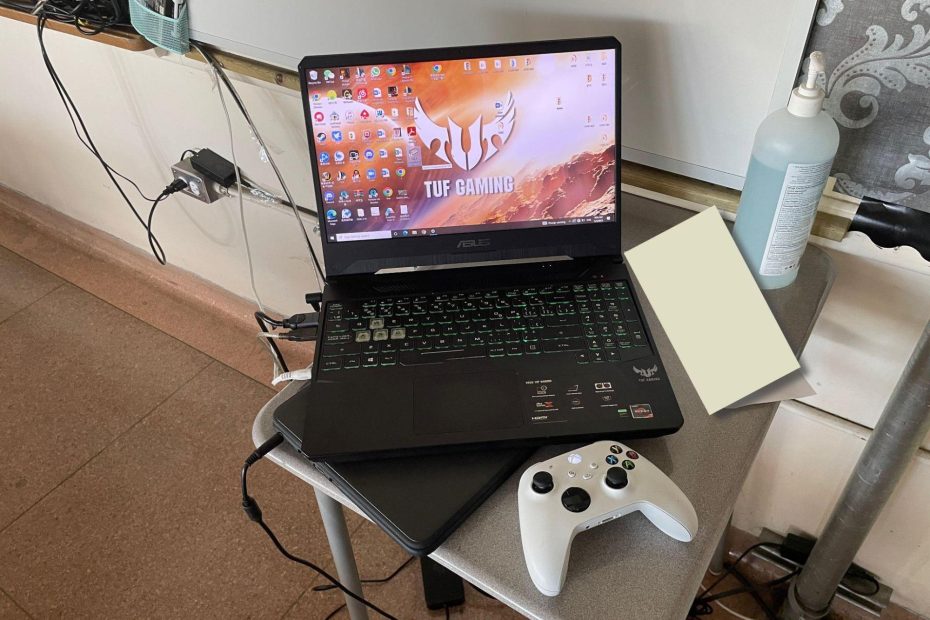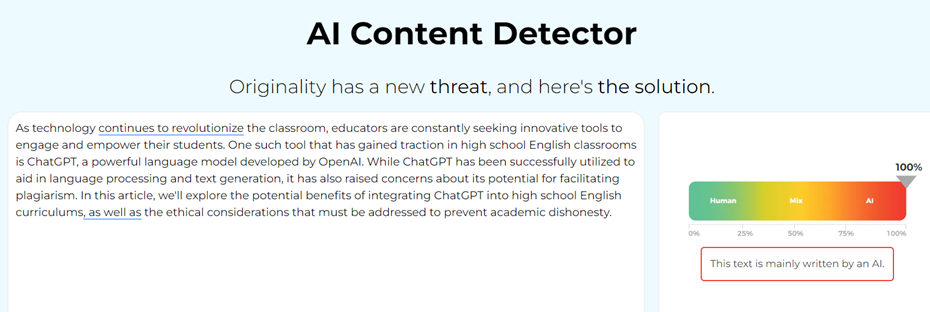Embracing the Power of Podcasts: Enhancing Oral Assignments
In today’s educational landscape, fostering engaging and interactive learning experiences is paramount. As educators, exploring innovative teaching methodologies is key to captivating students’ attention and enhancing their learning journey. One such avenue that has gained significant traction is the utilization of podcasts as an effective oral assignment tool.


